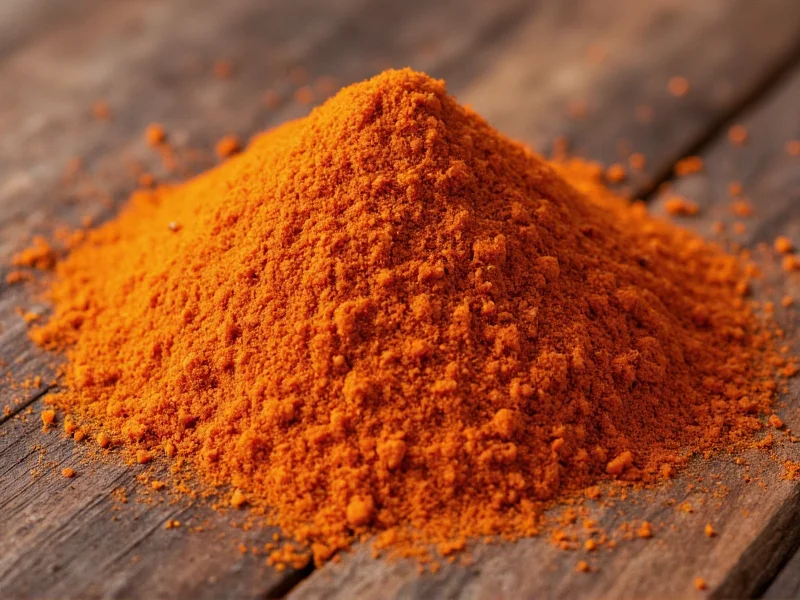If you've encountered the term \"gangala spice\" in a recipe or conversation, you're likely dealing with a phonetic misunderstanding of \"garam masala\"—one of the most frequently misspelled Indian spice blends in English-language cooking resources. This confusion arises from how the Hindi phrase \"garam masala\" (which translates to \"hot mixture\") sounds when spoken aloud, particularly to non-Hindi speakers.
What Exactly Is Garam Masala?
Garam masala isn't a single spice but a carefully balanced blend that varies significantly by region and family tradition across India. Unlike curry powder (a Western creation), garam masala represents authentic Indian culinary heritage. The \"hot\" in its name refers to the warming properties of the spices, not their pungency.
| Common Garam Masala Components | Flavor Profile | Traditional Proportion |
|---|---|---|
| Green Cardamom | Floral, citrusy | 20% |
| Cinnamon | Warm, sweet | 15% |
| Cloves | Pungent, intense | 10% |
| Cumin Seeds | Earthy, nutty | 15% |
| Coriander Seeds | Citrus, sage-like | 20% |
| Nutmeg | Warm, nutty | 5% |
| Black Pepper | Sharp, pungent | 15% |
Regional Variations You Should Know
Understanding regional differences in garam masala composition helps explain why you might encounter such variation in recipes:
- Northern India: Features more black pepper and cardamom, creating a robust blend ideal for meat dishes
- Southern India: Incorporates curry leaves and coconut, with less black pepper for a more delicate profile
- Punjabi style: Includes mace and nutmeg for added complexity in dairy-based sauces
- Bengali variants: May contain bay leaves and stone flower (dagad phool) for distinctive earthiness
How to Use Garam Masala Properly
Many home cooks make critical errors when using this blend that diminish its flavor impact:
- Never cook it extensively: Add garam masala during the final 5-10 minutes of cooking to preserve volatile aromatic compounds
- Dry-toast whole spices first: For maximum flavor, toast whole spices before grinding rather than using pre-ground versions
- Balance with acid: Pair with tomatoes or lemon juice to create flavor harmony in dishes
- Finish with a sprinkle: Many chefs add a small additional amount just before serving for aromatic lift
Storage Techniques for Maximum Freshness
Pre-ground garam masala loses 50% of its volatile oils within 6 months. For optimal flavor:
- Store whole spices in airtight containers away from light and heat
- Grind only what you'll use within 1-2 months
- Freeze excess in vacuum-sealed portions (thaw before use)
- Never store near stove or oven where temperature fluctuates
Authentic Substitutes When You're Out
If you need a garam masala replacement for your recipe, consider these alternatives based on what you're cooking:
- For meat dishes: Equal parts cumin, coriander, and cardamom with a pinch of cloves
- For vegetarian curries: Coriander, cumin, and fennel seeds with cinnamon
- Quick fix: 2 parts curry powder to 1 part cinnamon (not ideal but functional)
- For finishing dishes: Just cardamom and cinnamon (the most volatile aromatic components)
Signature Dishes Featuring Garam Masala
This spice blend appears in countless Indian dishes, but these represent its most authentic applications:
- Butter Chicken (Murgh Makhani): Added during the final simmer for aromatic complexity
- Chana Masala: The defining flavor element in this chickpea specialty
- Biryani: Layered with rice for subtle fragrance throughout the dish
- Tandoori preparations: Included in marinades for both meat and vegetables
Common Misconceptions About Garam Masala
Several persistent myths affect how cooks use this essential blend:
- Myth: Garam masala is the same as curry powder
Fact: Curry powder is a British colonial creation; garam masala is authentically Indian with different spice ratios - Myth: All garam masala blends are interchangeable
Fact: Regional variations create significantly different flavor profiles suitable for specific dishes - Myth: The \"hot\" refers to spiciness
Fact: It refers to the Ayurvedic concept of \"heating\" spices that increase circulation
Creating Your Own Custom Blend
For the most authentic experience, make your own garam masala using these professional tips:
- Select whole spices from a reputable source with high turnover
- Dry toast spices separately over medium heat until fragrant (30-60 seconds)
- Cool completely before grinding to prevent steam damage to flavors
- Use a dedicated coffee grinder for best results (never use a blender)
- Grind to a fine but not powdery consistency for optimal flavor release
Remember that traditional Indian cooks often maintain separate blends for meat dishes versus vegetarian preparations, adjusting the proportions of warming versus cooling spices according to Ayurvedic principles.











 浙公网安备
33010002000092号
浙公网安备
33010002000092号 浙B2-20120091-4
浙B2-20120091-4